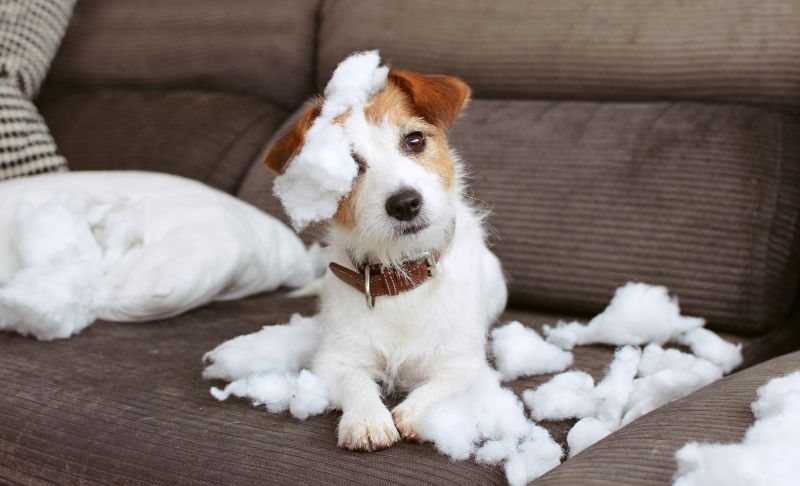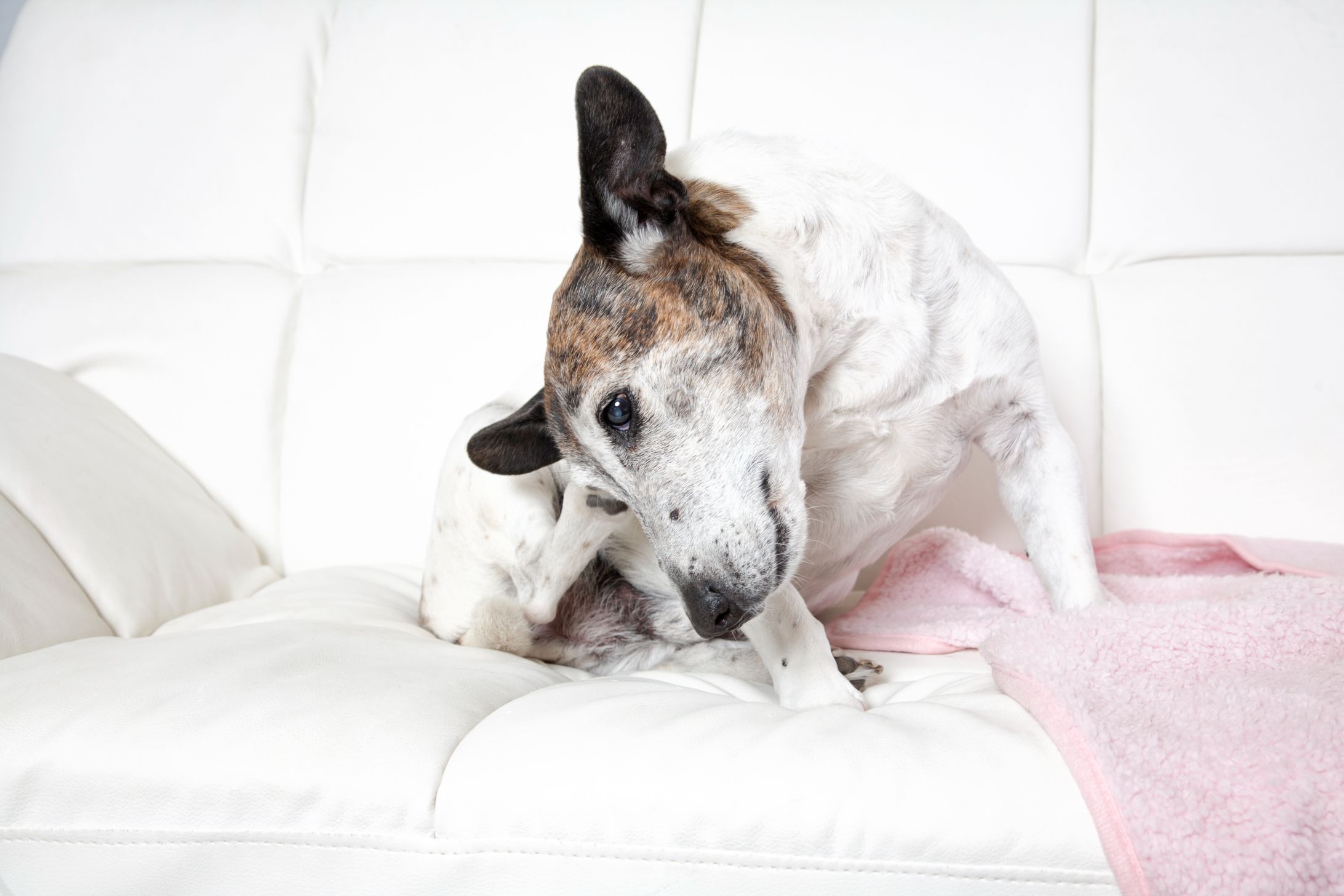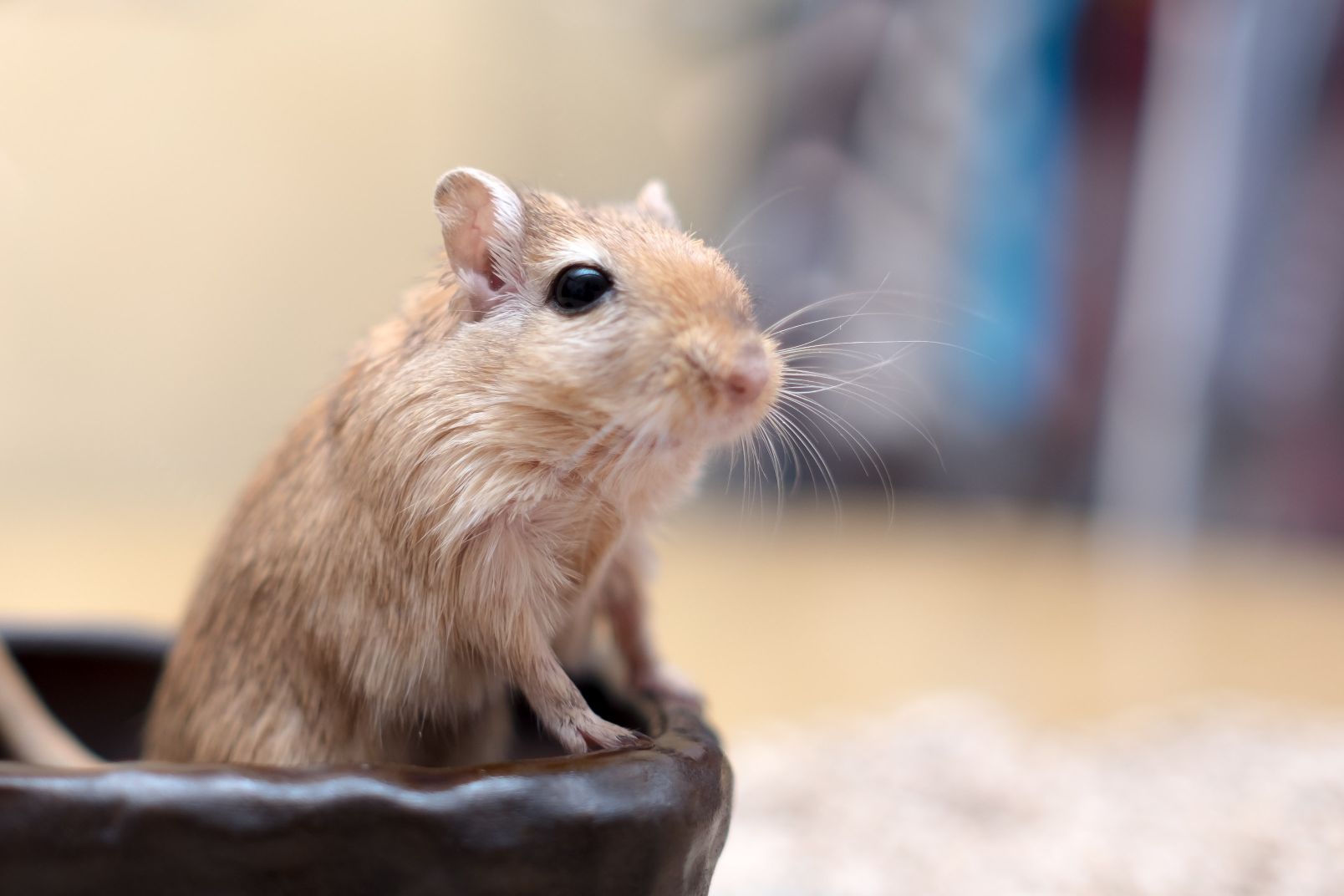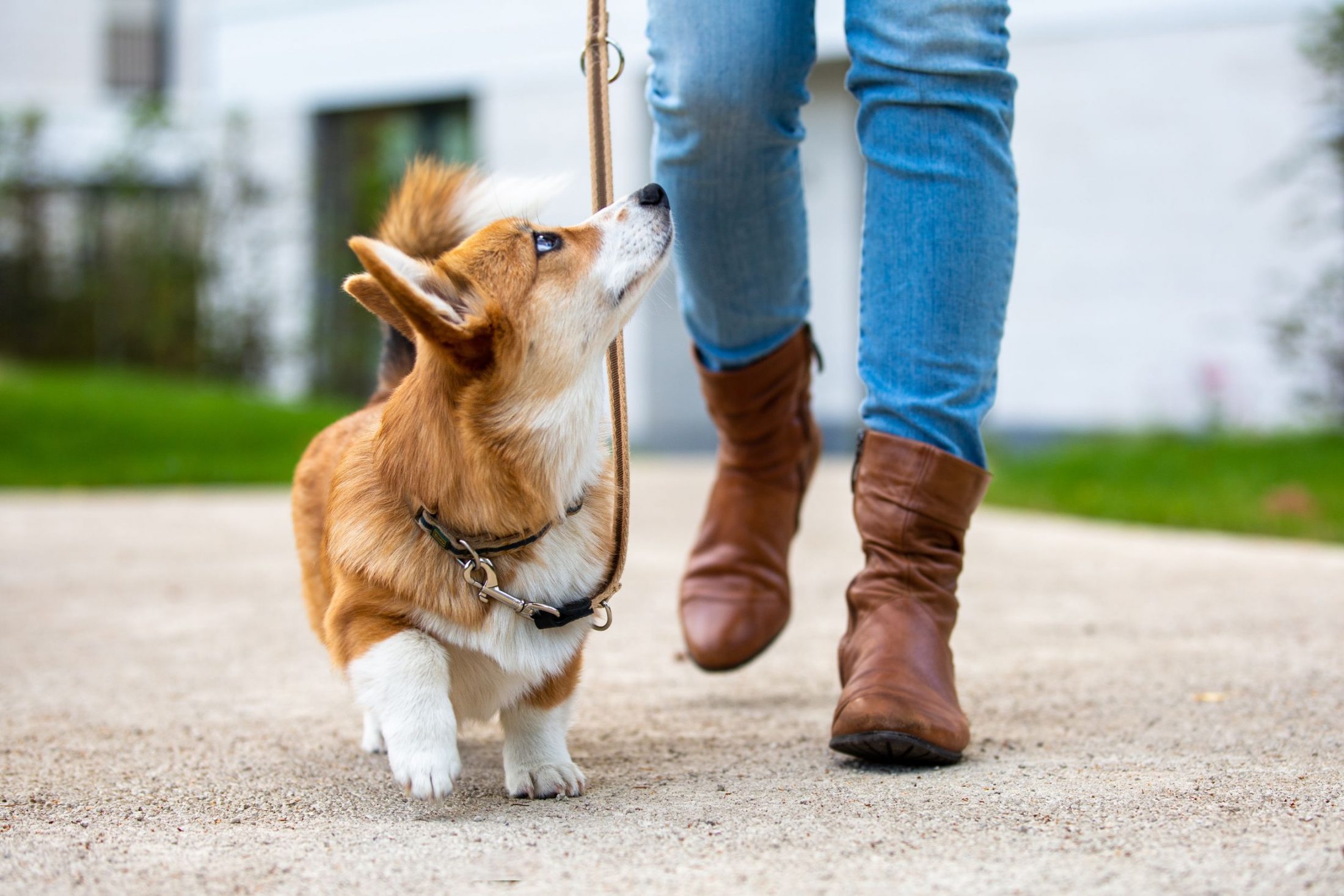
Dogs and cats are known for chewing on, and sometimes consuming, things that they shouldn’t. Pieces of toys, your favorite shoes, or your hairbands are all fair game for some pets. Many times these objects pass through without any harm, but when they don’t, problems can ensue.
Thankfully, Summeridge Animal Clinic is here to help when your cat or dog swallowed a thing they shouldn’t have!
What Dogs Usually Swallow
As with many things in life, an ounce of prevention is worth a pound of cure. Understanding the common culprits when it comes to a cat or dog swallowed something we can help owners avoid tangling with trouble.
In general, pets like to ingest smelly or tasty items, as well as items that are fun to hunt (especially cats). Objects to keep your eye on include:
- Pet toys that are easily chewed apart (stuffed animals, cheap squeaker-style toys)
- Tempting human toys (foam darts, plastic dolls)
- Smelly clothing (underwear, socks)
- String-like objects (ribbon, fishing line, cords on blinds)
- Hygiene items (feminine hygiene products, diapers)
- Non-digestible food items (wrappers, pits from fruit, bones)
Animals that have a medical condition or anxiety issues may also be prone to eating unusual things. Treating these conditions, as well as securing or eliminating other tempting items from your home, can go a long way towards preventing problems.
When Your Dog Swallowed Something
Non-digestible items can become stuck anywhere in a pet’s gastrointestinal tract, blocking the flow of normal digestion. A full or partial foreign body may cause vomiting, diarrhea, abdominal pain, and dehydration. Left untreated, an object stuck in the gastrointestinal tract can lead to perforation of the intestines or sepsis.
If you know or suspect your pet has ingested something that is not digestible, it is important to let us know right away. If we know soon enough, some objects are amenable to being retrieved through induction of vomiting. Never induce vomiting without our direction, though, as this can be a dangerous option in some situations.
Animals with suspected foreign bodies are often evaluated using diagnostics, including blood work, abdominal radiographs, and ultrasound. These modalities can give us a lot of information about how to better help your pet.
If your pet has a foreign body obstruction that is not passing or is causing serious harm, we often need to go in and get it out. This is frequently done in one of two ways:
Endoscopy – Foreign objects in the esophagus, stomach, or occasionally the small intestine can sometimes be removed via an endoscope. The patient must be anesthetized for this procedure, but this can sometimes avoid an abdominal surgery.
Surgical exploration – Most times if your cat or dog swallowed something it must be surgically addressed. An abdominal incision is made so that we can access the stomach and most of the intestine. Objects may be removed through one or more incisions in the digestive tract. If parts of the intestine are severely damaged, we may need to remove (re-sect) that portion during the procedure.
When your cat or dog swallowed something, it’s a common occurrence and can range from “no big deal” to serious business, depending on the circumstances. Take some precautions to prevent them where possible, but don’t hesitate to let us know if you need our help, no matter the day or time.



